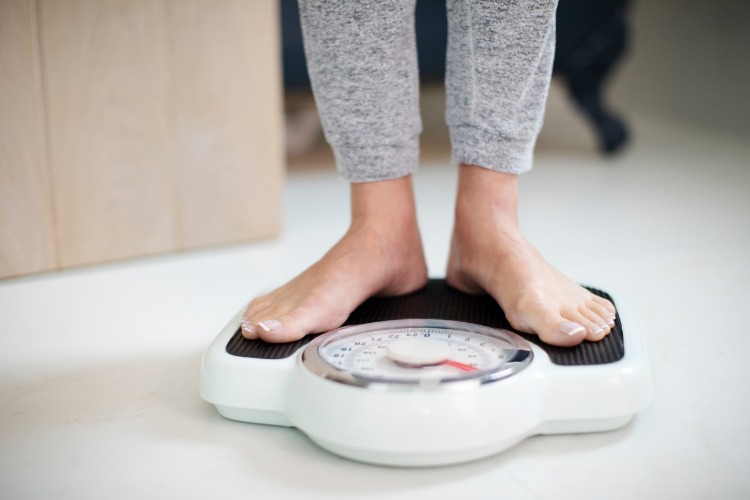Excess weight isn’t just a concern for physical appearance; it’s also closely tied to chronic pain. Research consistently shows that shedding extra pounds can lead to significant reductions in pain levels and improve overall quality of life. In this article, we’ll explore the powerful connection between weight loss and pain relief, and how adopting healthier habits can alleviate discomfort and promote well-being.
Understanding the Weight-Pain Connection:
Carrying excess weight puts added stress on the body’s joints, particularly those in the knees, hips, and lower back. This can lead to inflammation, wear and tear, and chronic conditions like osteoarthritis. Additionally, adipose tissue, or fat cells, produces inflammatory chemicals that can exacerbate pain throughout the body.
The Benefits of Weight Loss:
- Reduced Joint Stress: Losing weight alleviates pressure on joints, reducing inflammation and decreasing pain associated with conditions like osteoarthritis.
- Decreased Inflammation: Adipose tissue produces inflammatory cytokines, which contribute to pain. Weight loss can lower these levels, reducing overall inflammation and discomfort.
- Improved Mobility: With less weight to carry, individuals often experience improved mobility and range of motion, leading to less pain and greater freedom of movement.
- Better Sleep Quality: Excess weight is linked to sleep apnea and other sleep disorders, which can exacerbate pain. Losing weight can improve sleep quality, leading to less pain and better overall well-being.
- Enhanced Mood: Chronic pain often takes a toll on mental health, leading to anxiety, depression, and stress. Weight loss can improve mood and mental well-being, reducing the impact of pain on daily life.
Strategies for Weight Loss and Pain Relief:
- Healthy Eating: Focus on a balanced diet rich in fruits, vegetables, lean proteins, and whole grains. Avoid processed foods, sugary snacks, and excessive amounts of refined carbohydrates.
- Regular Exercise: Incorporate regular physical activity into your routine, aiming for a mix of cardiovascular exercise, strength training, and flexibility exercises. Start slowly and gradually increase the intensity to avoid injury.
- Portion Control: Pay attention to portion sizes and practice mindful eating to prevent overeating. Aim to eat until you’re satisfied, not stuffed, and avoid eating out of boredom or emotional distress.
- Stay Hydrated: Drink plenty of water throughout the day to stay hydrated and support overall health. Avoid sugary drinks and excessive caffeine, which can contribute to inflammation and pain.
- Manage Stress: Chronic stress can exacerbate pain and make weight loss more challenging. Practice stress-reduction techniques like deep breathing, meditation, yoga, or spending time in nature.
- Seek Support: Don’t hesitate to reach out for support from friends, family members, or a healthcare professional. Joining a weight loss program or working with a nutritionist or personal trainer can provide valuable guidance and accountability on your journey.
Final Thoughts:
By prioritizing weight loss and adopting healthier habits, individuals can not only shed excess pounds but also experience significant reductions in pain and improved overall well-being. Remember that small changes add up over time, so focus on making sustainable lifestyle changes rather than quick fixes. With dedication, patience, and support, you can achieve your weight loss goals and enjoy a life with less pain and more vitality.

